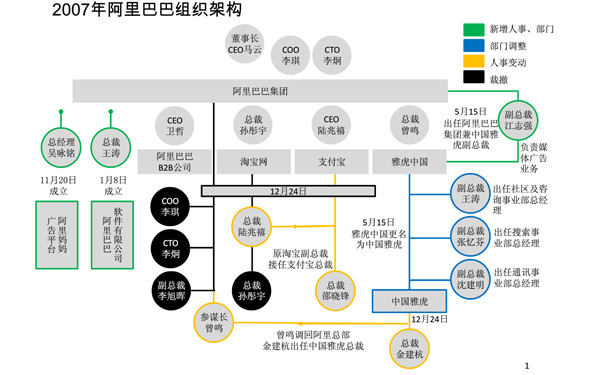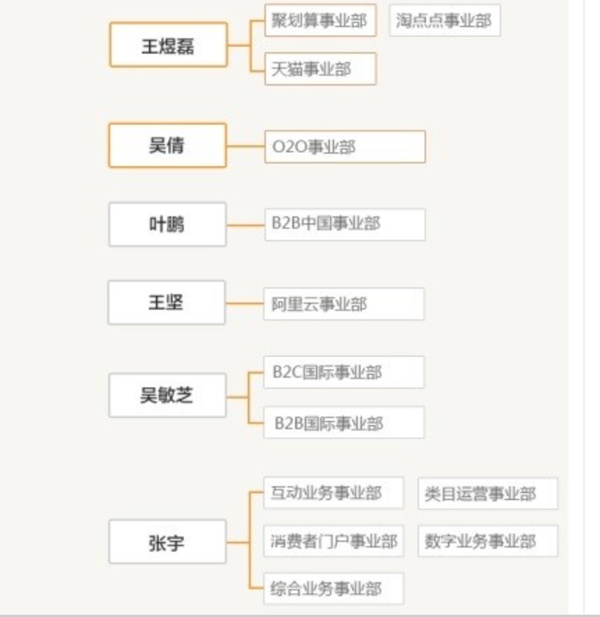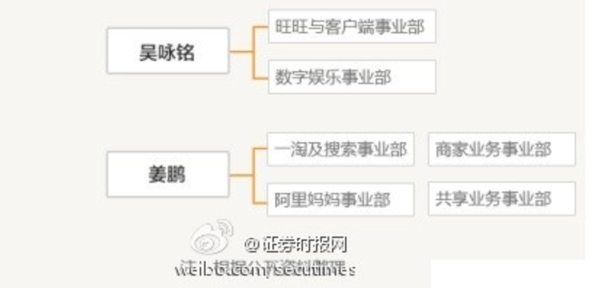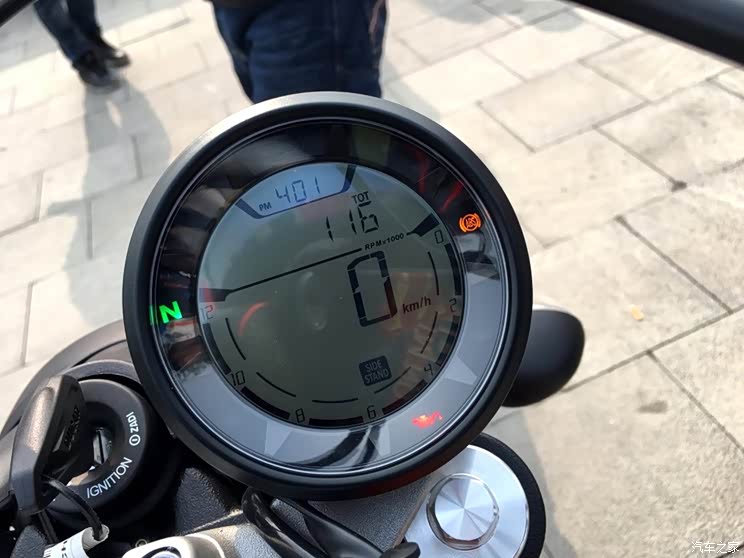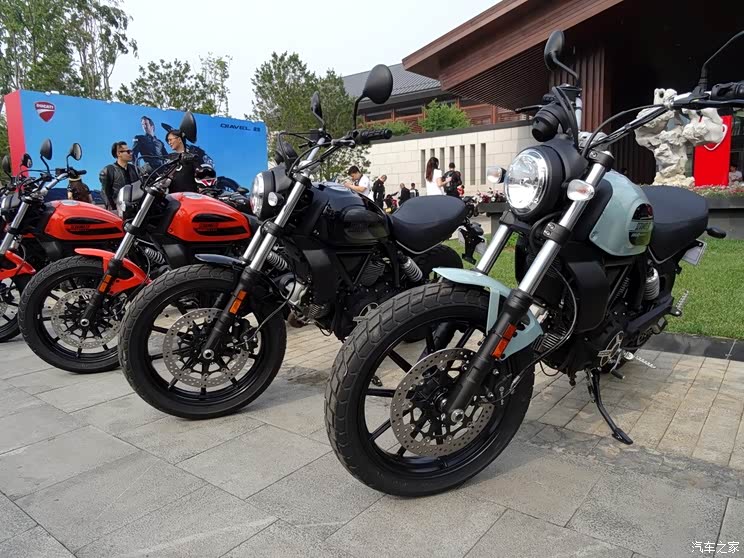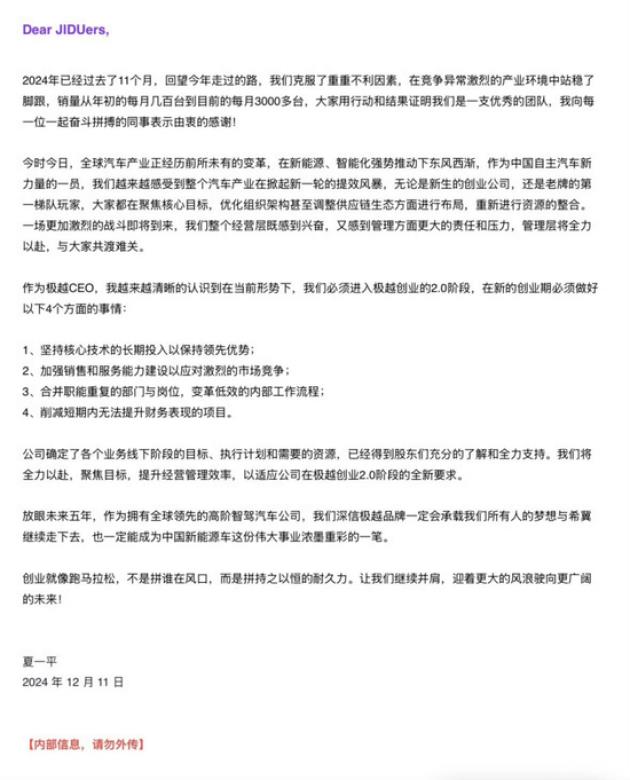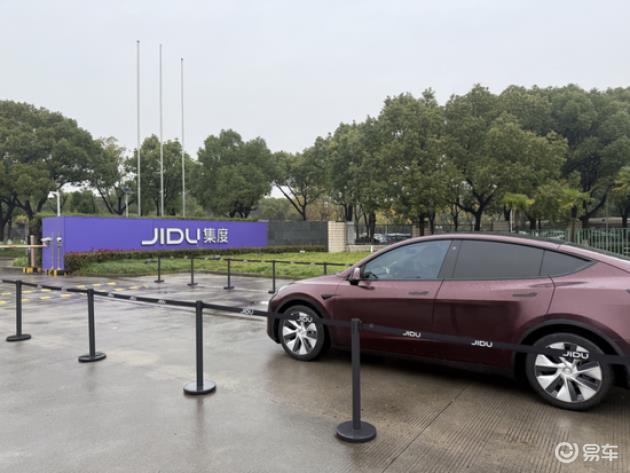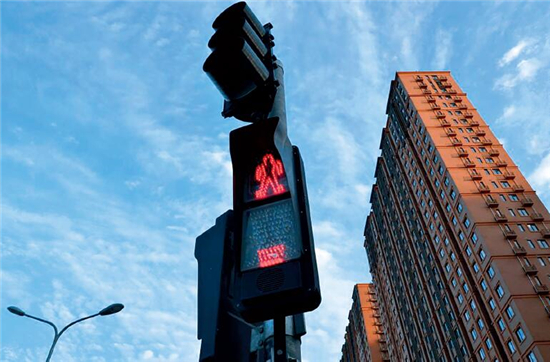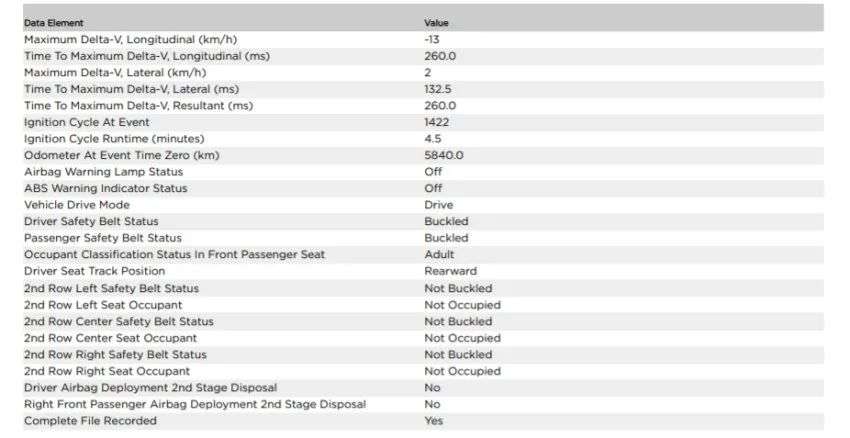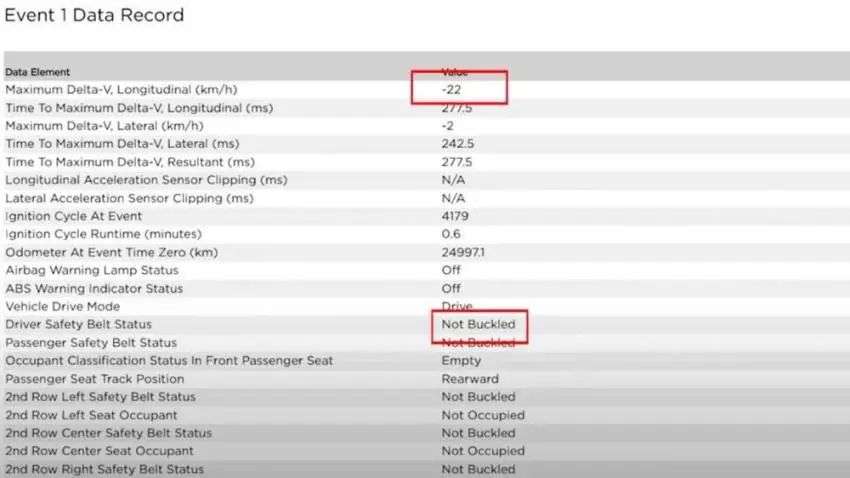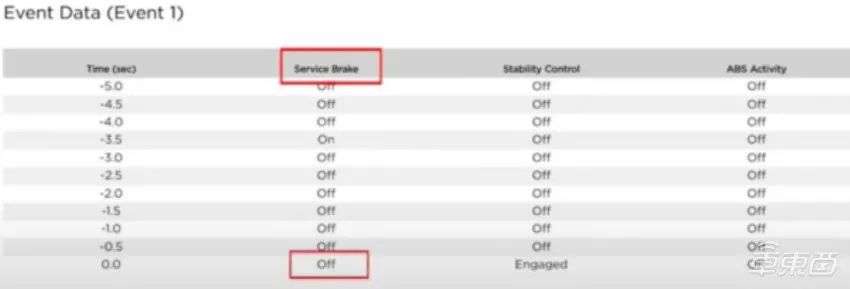"Yesterday, a man guarded a city;
This morning, the city bid farewell to this man. "
This sentence of brushing the screen in the circle of friends of Ningde people,
Is the best evaluation of Yang Chun.
Ningde has fresh air and a leisurely life.
It is not taken for granted that the years are quiet and good.
It’s that someone is carrying a heavy load silently.
Behind the safety of the citizens,
This public security bureau in Ningde City, Fujian Province
Former deputy director of Jiaocheng branch,
But after so many life-and-death moments,
He cracked an amazing number of
Major, serious, important and difficult cases,
The first shot was fired in Ningde to eliminate evil, and the record was outstanding.
But many policemen don’t usually call him "Yang Bureau".
But call him "Brother Chun".

What kind of charm does Yang Chun have?
He can remember the family status of every policeman.
He has a warm heart and likes to introduce people to single policemen.
What subordinates can never forget,
It is also the guardian of Brother Chun like a mountain.
28 years as a police officer,
The key words of his life drama,
It’s "dangerous" over and over again.
Tracking drug addicts who are suspected of running away and hiding after killing,
When confronted with a suspect with two broadswords,
Brother Chun stretched out his hand and pulled the new Jiang Changming behind him.
After subduing the suspect, brother Jiang Changming Wen Chun,
What if the knife in front is cut off?
Yang Chun said, look at my size, it’s okay to get two knives.
You thin man, you can’t stand a knife.
Encountered a gun suspect driving violently to punch the card,
He pushed his subordinates away;
Enter the scene full of gas for investigation,
The slightest carelessness will explode.
Whether as a criminal investigation team leader or deputy director,
Every time in distress, Yang Chun always keeps his subordinates behind him.
one
Warm man fell in the office.
On the cold floor
"Brother Chun is burly,
We always thought that he would not fall. "
Unexpectedly, Brother Chun, who protects his subordinates like a mountain,
In this way, he fell in front of his comrades.
This is the last 48 hours of his life,
As usual — —
The morning before, he went to the procuratorate and court.
Coordinate cases involving black gangs;
In the afternoon, he expressed condolences to the police in difficulty.
Supervise the safety precautions before the Spring Festival.
At 20 o’clock, he called the "8.1" police involved in the black case.
Arrange an investigation.
At 2100 hours, he signed the approval in the office.
Criminal suspects’ pursuit procedures.
From 21: 00 to 23: 00, he called the police of the anti-gang team.
Drafting and organizing the "8.1" mafia-related case.
Joint investigation team plan.
January 23, 2019,
Yang Chun, who has been overworked for days,
In the early morning, when the unit was on duty, it suddenly had a myocardial infarction.
Fell on the cold floor of the office,
Only 49 years old.
In the last 48 hours,
He also found time to approve 74 cases.
Legal documents of the case.
The day Yang Chun fell,
It happens to be a national special campaign to eliminate evils.
The first anniversary of the launch.
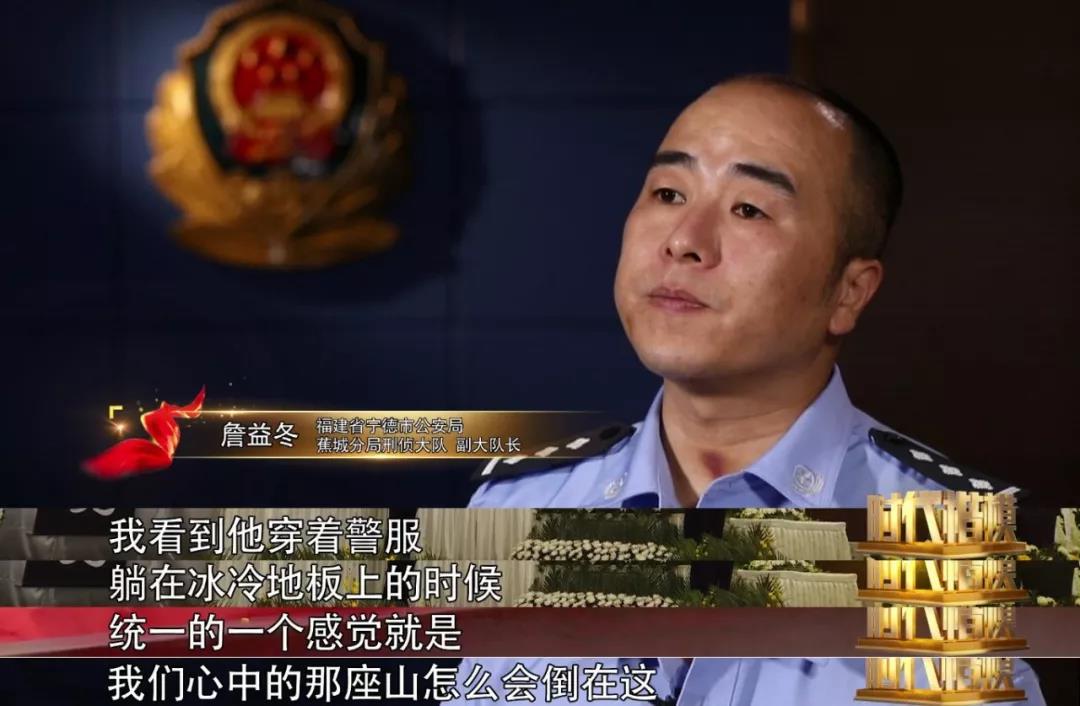
In fact, in the summer of 2018, my colleagues discovered that,
Yang Chun’s face seems to be something wrong,
Hands are always poking at the chest.
He told his colleagues that he always felt uncomfortable in his chest.
Colleagues advised him to see a doctor, but he was really busy.
Delayed the opportunity to see a doctor again and again.
After his death, when sorting out his belongings,
Sister Yang Li found a medical record from 2017.
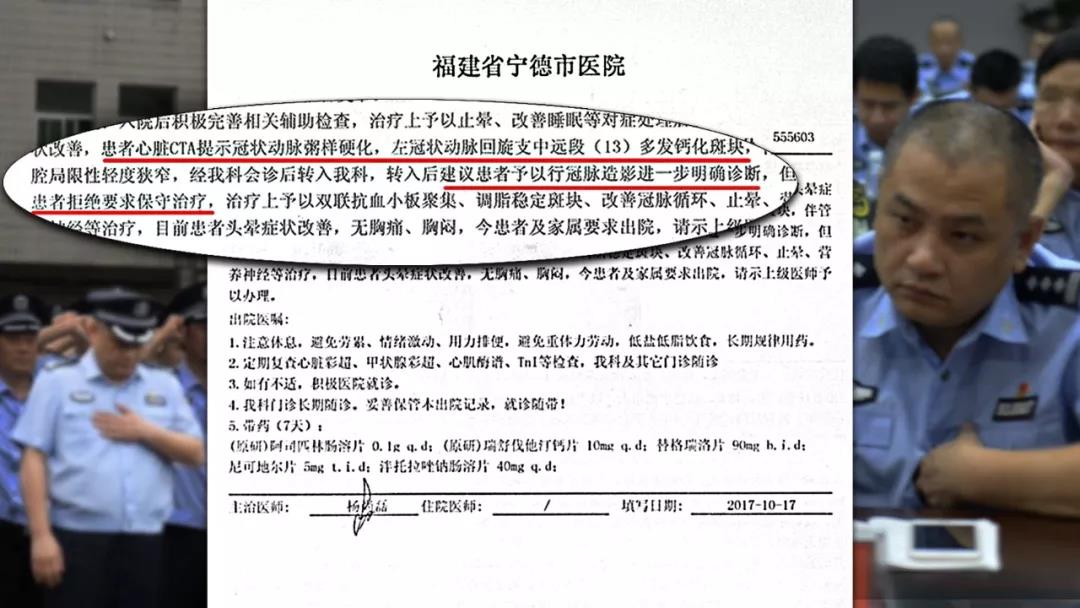
The word "patient refused" is very dazzling.
My sister was heartbroken when she saw it.
My brother knows how sick he is,
But he delayed the treatment time again and again.
I always think I can make it,
This boil is more than a year.
He has at least three chances to be born:
For the first time, my sister advised him to have his heart examined.
But he said that the work of eliminating evils has just been rolled out:
"If I ask for leave now,
That’s a loser. "
The second time, in May 2018,
Sister caring about his illness, he said:
“‘ Saic motor ’ Project work is short of manpower,
We’ll talk about it next time. "
The third time, in October 2018,
Sister hurried to be nasty, he just promised:
"Sister, I closed the net this time. I will definitely go."
But no one thought … …
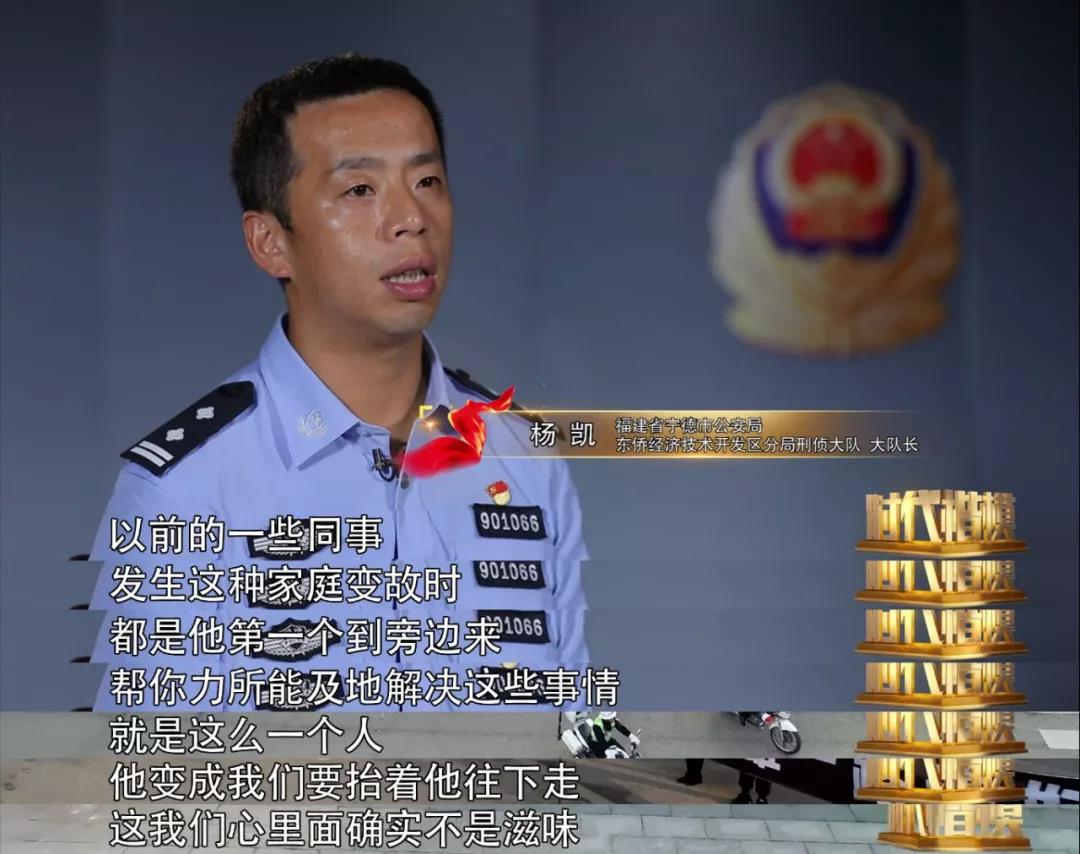
Yang Chun is usually very filial,
As long as he has time, he will often visit his parents’ home.
Talk with them and go for a walk by the sea.
Later, he was busy sweeping away evil,
I had to ask my sister to get the medicine.
He communicated with the doctor about every medicine his parents took.
Although he looks five big and three thick,
But very cautious,
Everything at home is arranged in a particularly proper way.
Sister, up to now,
Can’t accept the fact that my brother has left,
She didn’t dare to think, just think,
My heart hurts so much that I can’t breathe.
"Spring, where is my spring?"
It’s the most common saying of mother after her son left.
Her family lied to her that Yang Chun had gone abroad to keep peace.
The 13-year-old daughter still insists on sending WeChat to her father:
"Dad, today is Valentine’s Day.
I bought roses for your mother. "
He is a good son, brother, husband and father.
But he’s a better COP.

Yang Chun and his wife Huang Fang.
2
He went into the den in plain clothes.
Uproot gangs involved in gangs.
People who pass by the gang squad in the middle of the night can often see:
The gang members silently looked at the picture of Yang Chun on the publicity column.
Or squat down and smoke under brother chun’s photo.
"He is our backbone, before his death, and now."
Whenever there is a difficult case,
The gang members tend to gently wipe Yang Chun’s photos,
Clean up the dust on it,
"Say a few words to Brother Chun, and the brothers will feel at ease."
Only the first case of Ningde’s anti-gang campaign,
The case file has 160 volumes,
Placed on the ground nearly one person high,
Every record means the contribution of him and his comrades.
The task is heavy and there are few people, so we can only work overtime to make up for it.
Yang Chun made a rule for the police officers of the anti-gang unit.
There are six days in a week, and we have to meet at 7: 30 every night on time.
Handle cases during the day and judge the case at night,
Leave it to your family on Saturday night.
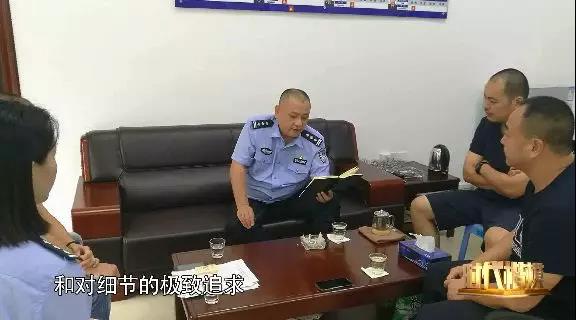
Yang Chun’s home is less than 1000 meters away from his work.
But he always works overtime with his colleagues.
Sometimes I haven’t even been home for a week.
He has been dead for more than half a year, and the rules he has set,
The gang members are still silently observing.
"It is common to work overtime until the early hours of the morning, and it is not surprising until dawn."
Wu Di, a policeman of the gang squad, knows.
Which porridge is the most fragrant in Jiaocheng late at night,
Which steamed stuffed bun is the best at four o’clock in the morning?
Today, comrades still have a habit,
Every time a case is solved,
Still in the work group for the first time @ 亵亵亵.
He measured the earth with his feet again and again,
Use one night as a day.
In December 2017,
A tip-off, sent to Yang Chun.
He was keenly aware that,
This is most likely an organized gang-related case.
The gang opened a casino in Xi Gu village, fighting,
Small gangsters collect protection money, extortion and extortion everywhere.
The arrogance is very arrogant
If someone calls the police, they will be retaliated.
This makes them more and more notorious.
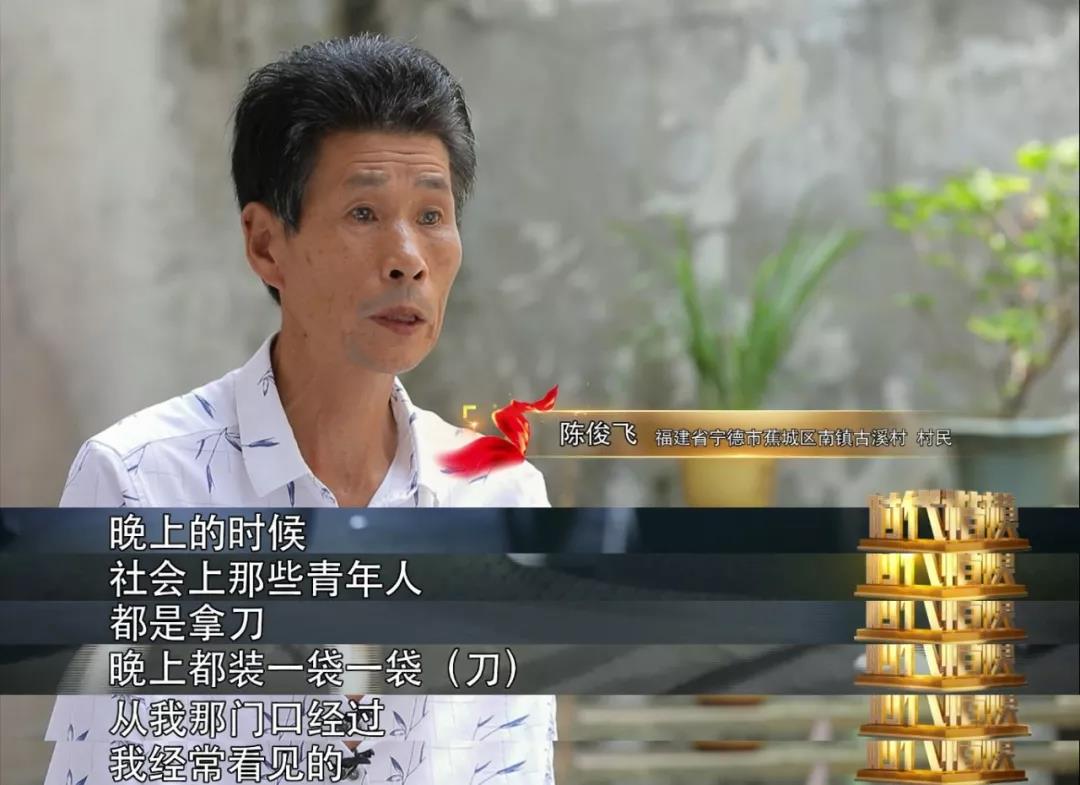
In order to persuade the whistleblower to cooperate with the investigation,
Yang Chun often wears casual clothes,
Driving a private car to visit Guxi Village at night,
In more than 50 days, Yang Chun led the team.
Investigate and visit more than 500 people;
Draw up an investigation outline and an inquiry outline of more than 80,000 words;
More than 10,000 pages of written confirmation materials,
Finishing and loading more than 50 volumes;
There are more than 130 interrogation plans with more than 50,000 words.
Formed a prosecution opinion of nearly 30,000 words … …
Xi Gu Village is a typical village in the city.
The foreign population is large, the streets are narrow and dense as cobwebs.
The terrain is comparable to the tower village in the TV series "Action to Break the Ice".
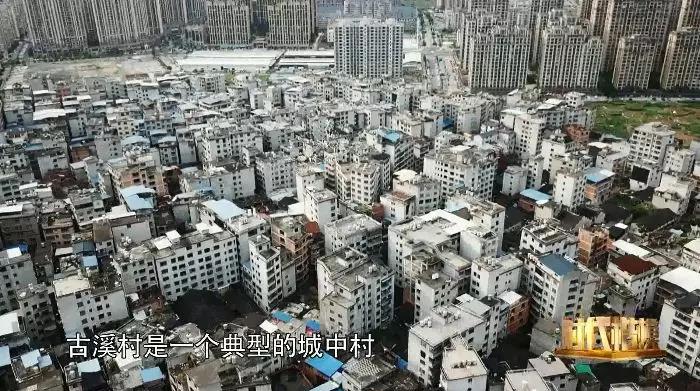
Yang Chun even called a drone to draw a map.
Just to make sure that the arrest is foolproof.
Xi Gu village case
A total of 66 people were arrested.
33 cases were cracked,
In one fell swoop, the gang-related organization was uprooted.
This is the first time since the special struggle to eliminate evils.
The "first case" involving black gangs uncovered in eastern Fujian,
It is also the first time in Ningde City.
The fastest investigation,
The triad-related cases involving the most cases.
Today, Xi Gu Village has not been seen.
The figure of the underworld,
The smile on the villagers’ faces increased.
three
Rough in appearance and slender in heart
Tough guy detective solves strange cases
He is not only an iron hero,
A thunderous man who charged ahead,
Through one case file after another,
We can also see another side of Yang Chun.
Rough in appearance and careful in heart,
Detective criminal police, repeatedly solving strange cases.
On August 7, 2016, when Ningde citizens went up the mountain for morning exercise,
Found a man passed out and died,
The face is blue and purple, and the cause of death is a mystery.
Preliminary forensic examination found that,
The wound on the victim’s arm was suspected to have been bitten by a snake.
Poisoning is also obvious,
Consistent with the characteristics of snake bite to death.
Snakes often haunt this place,
The onlookers have also been talking about the possibility of being bitten by a snake.
Combined with what was found at the scene
Physical evidence such as beer bottles, love letters and rings,
The police analyzed that the man was trapped by love.
Being bitten by a snake while drinking and venting in the mountains is an accidental death.
The surrounding surveillance video also confirmed that the deceased went up the mountain alone.
For a time, all the clues indicated that it was an accident.
The medical staff and their families thought it was an accident.
However, the deceased was married,
What about the ring at the scene?
Who is the lover "Qian" mentioned in the love letter?
Yang Chun always felt that,
This matter is not as simple as it seems.

On that occasion, Yang Chun resisted all pressure,
The police are required to conduct investigations in the whole city and on the Internet.
We must eliminate all doubts before closing the case.
At Yang Chun’s insistence,
A new clue has surfaced — —
The police found a Taobao shop selling rings.
Found out that someone else bought the ring,
And verified that this person often contacted the wife of the deceased late at night.
Suspected of abnormal relationship.
Yang Chun is almost in an instant to determine:
The man who bought the ring "is the murderer".
When the police follow the trail to investigate,
Sure enough, he found his motive and tools for committing crimes.
It turned out that Chen Mou was the lover of the deceased’s wife.
In order to occupy the wife of the deceased for a long time,
Bought snake venom, syringes and other crime tools,
On the day of the incident, Chen Mou deceived the deceased to the mountain.
Forcing him to drink with a knife and injecting him with snake venom,
It also forged the scene of the accident where the deceased was trapped by emotion and drunk.
Rings, love letters left at the scene,
Including the "Qian" mentioned in the love letter, are all forgeries.
Yang Chun let the truth of this snake venom murder come to light.
This became the first case in China to identify snake venom.
Cases in which judicial proceedings are introduced.
It is the bounden duty of criminal police to solve a murder case.
It is also the best comfort for the life lost in the case.
In the past 10 years,
Yang Chun directed and participated in the murder case of the main investigation.
The detection rate is 100%.
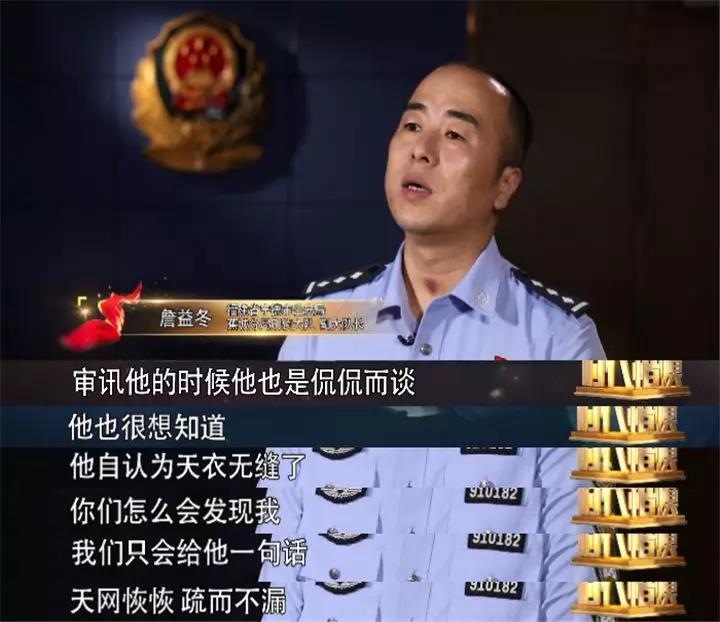
four
He has an outstanding record
But the meritorious military service is few.
Hongkou dismembered body case, Lianfengqiao murder case. ….
After 28 years as a policeman, there are still many stories about his solving crimes.
Can play back Yang Chun’s life,
He has hardly been interviewed,
All the images you can see are at the scene of the case.
For 28 years, he participated in and organized the investigation.
More than 3,150 criminal cases,
More than 1,830 criminal suspects were arrested,
Among them, the murder detection rate in the past 10 years
It has reached 100%.
However, when he left, people were surprised to find that,
He won few personal honors,
Only 10 years ago, a personal merit citation class II,
Two individual third-class merits.
This unsung hero with outstanding achievements and few military exploits,
What kind of hidden feelings are there behind it?
It’s not that he has no chance to make contributions,
Is to give too many opportunities for meritorious service and awards.
Gave it to a comrade-in-arms
I remember that in June 2006, Yang Chun, then the squadron leader,
Lead to solve a case of car theft.
When arresting the main culprit in the hotel, Yang Chun opened the door.
When Hu Weiqing pounced on the principal offender,
In the panic, I only felt that the other party had caught something.
It was Yang Chun who rushed up and stepped on the suspect’s hand.
After being handcuffed, Hu Weiqing discovered that,
The suspect is holding a loaded gun with five bullets.
This case is from management, network closing, pre-trial,
To recover and return stolen goods,
Yang Chun did all the work himself,
But when reporting merit,
He recommended to his superiors that Hu Weiqing had made greater contributions.
Give up the chance of meritorious service.
This has happened many times,
The branch party Committee recommended him to make a second-class merit.
Even first-class merit,
But he said the brothers down there worked the hardest,
We should give it to them.
Resolutely gave the work to the backbone and police below.
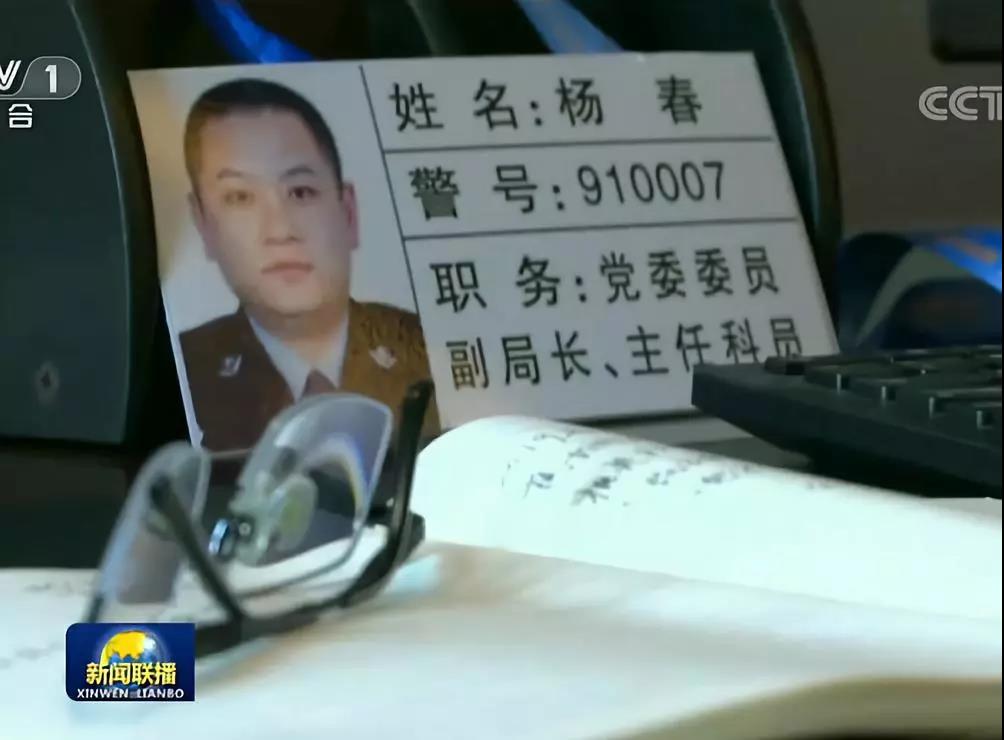
Do earth-shattering things,
Be an anonymous person.
Under the leadership of Yang Chun.
The criminal investigation business of Jiaocheng Branch has been evaluated for 12 consecutive years.
First in the city.
He doesn’t talk much, but he is the most reliable support for his comrades.
Huang Haoyu’s father is a policeman, disabled by a stroke.
From hospitalization nursing, associated surgery, postoperative rehabilitation,
It’s all about Uncle Yang running before and after.
From engagement to finding a hotel and having a wedding,
Uncle Yang is helping to run it.
The wedding is a long way, and the father needs to take his daughter with him.
The father in the wheelchair was silent,
Yang Bobo said, I’ll take my daughter away, ok with you?
Even one detail of the wedding,
D.A. klosterman has considered for Xiaoyu.
This hand-in-hand warmth will always stay in your hand.
Yang Chun always has others in his heart,
But only forget yourself.
He fell,
Failing to witness the brand-new achievements of colleagues,
I also failed to leave a message to my family.
five
be devoted to friends or other people heart and soul
Brother Chun walked all the way.
The word hepatobiliary,
Fujian people often use it as a title.
The most intimate and respectable friend,
Many people regard Yang Chun as a "courage".
In the more than half a year since he left,
Many people are still thinking about it in different ways.
Their "Spring Brother".

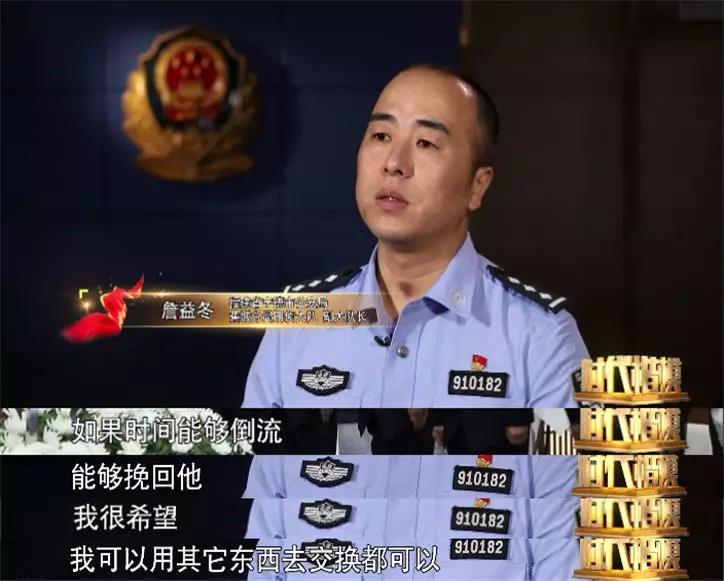
Some people think that faith and loyalty are abstract,
On Yang Chun,
You can really see the power of faith,
It is harder than a rock.
He is a tough guy like a mountain,
At the critical moment, he can stand it, and when he is in danger, he takes the lead.
He takes care of people around him with a soft heart,
Be tolerant and pay like a mountain;
He guards the stability of one side,
Protecting the soil and water like a mountain.
▼
On the stage of Time Model Publishing Hall,
Liang Yanshun, Vice Minister of Propaganda Department of CPC Central Committee
Awarding medals and certificates to "model of the times",
The honor was received by Yang Chun’s wife and sister.
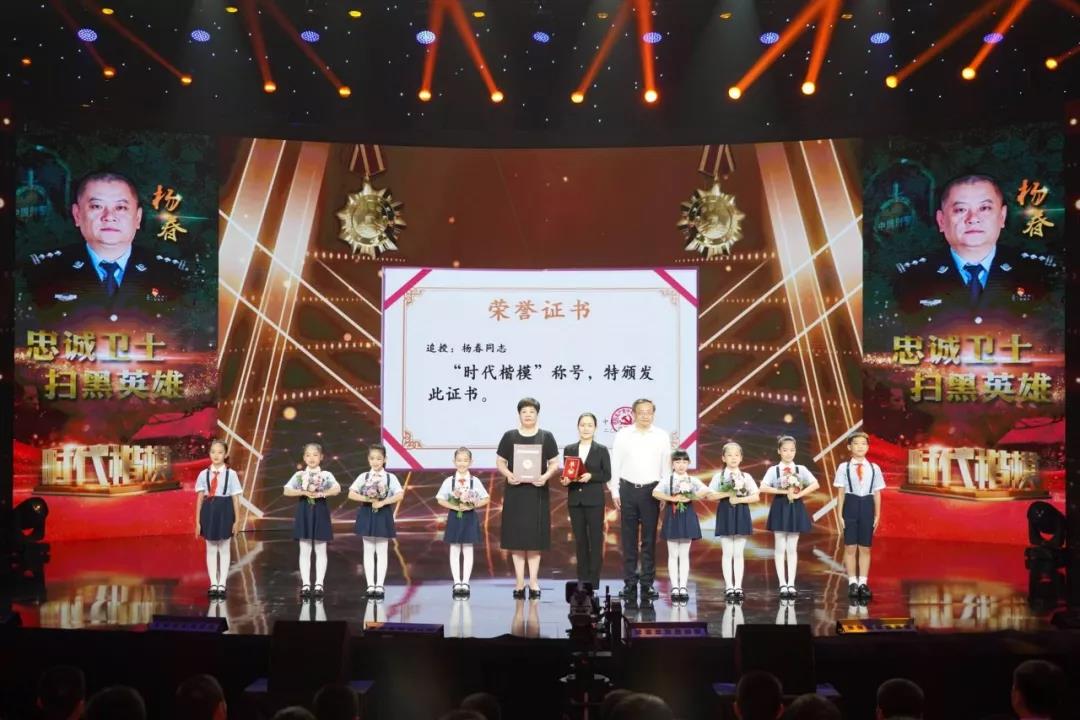
Before his death, Yang Chun’s favorite song was "Whether".
Some players also set the ringtone of their mobile phones to this song.
In the song, let’s say goodbye to this tough guy:
"Whether I will really leave you this time?
Will I stop crying this time?
Will you never look back this time?
Towards that long and never-ending road. "


